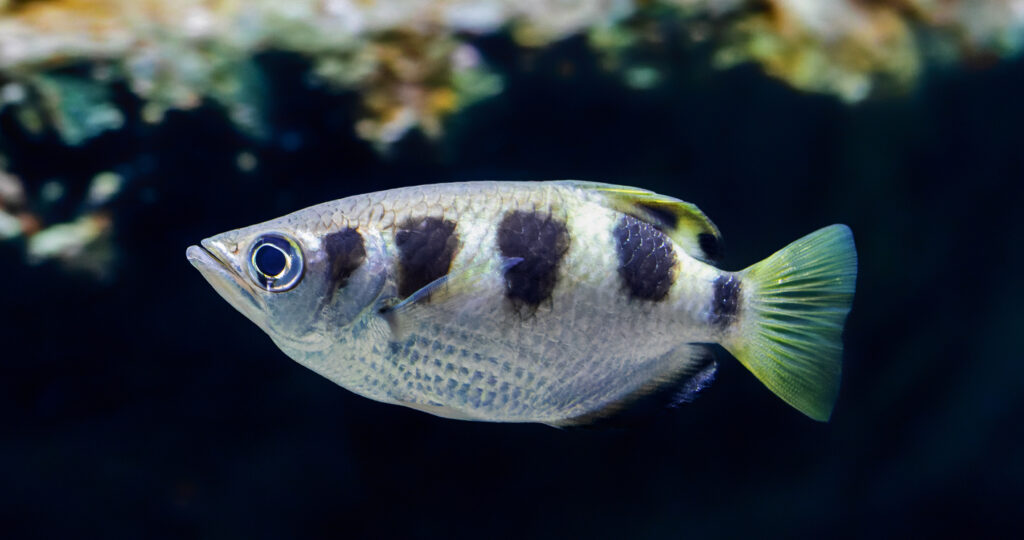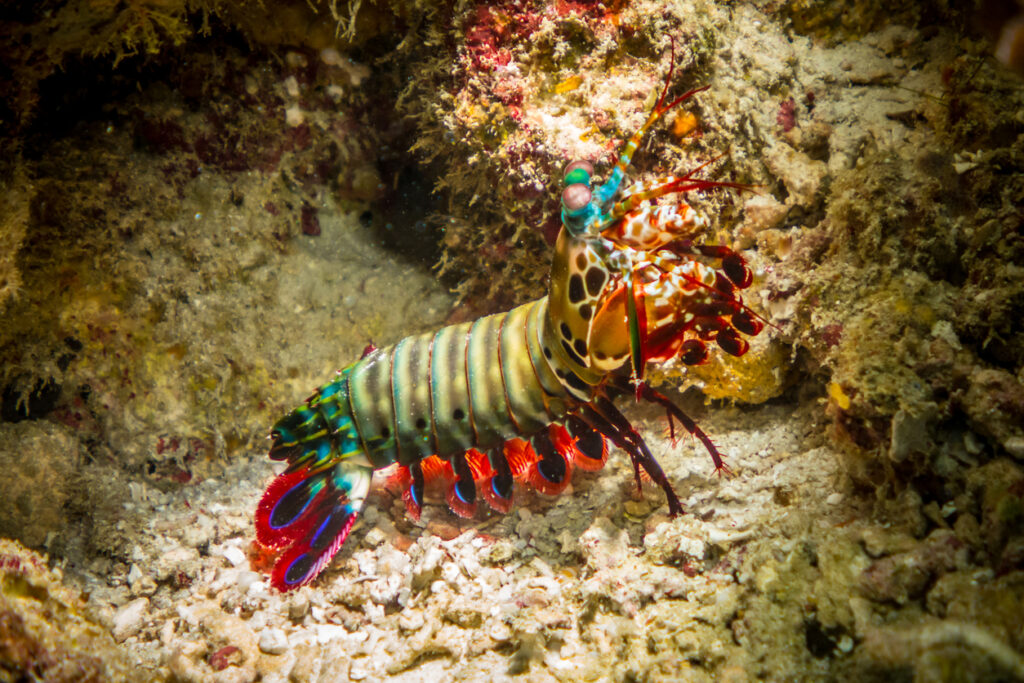The oceans of the world are home to so many different sea creatures, all of whom have their own unique behaviours and habits. What’s more, many of these animals spend their time either searching for their next meal, or avoiding being another animal’s next snack! This can make for a very interesting place for us to learn more about how marine life survives out in the wild and how they hunt to keep themselves fed.
So, which animals are the most interesting hunters, and what makes them so unique? Let’s find out…
Killer whales
You might have guessed that the killer whale is a very good hunter, given its name, and you’d be correct. Otherwise known as orcas, these animals are actually part of the dolphin family. They are known as ‘killer whales’ because they have been known to attack whales.
Easily recognisable by their black and white colouring, orcas are very smart creatures and use echolocation to communicate and hunt. They are known as an apex predator, which means they are at the top of the food chain. As such, their diet is hugely varied and they will eat anything from fish and penguins to mammals like seals and whales. Orcas are usually found in colder waters around Antarctica, Norway and Alaska but they have been seen in tropical waters too.

Killer whales hunt in pods, which can be up to 40 animals, and they have different techniques depending on the prey. For instances, they will work together to herd schools of fish before stunning them with their tails, to make them easier to eat! Orcas can also charge ice floes and dive underneath them to create a wave effect, which can actually knock the likes of seals off into the water.
Did you know that killer whales will even try and hunt sharks? These brave animals attempt to stun the shark and turn it on its back, which causes the shark to enter a state known as tonic immobility.
Archerfish
The archerfish, also sometimes known as the spinner fish, has a very distinct appearance but it’s the way an archerfish catches its next meal that is most interesting about this species. With their narrow bodies and forward-facing eyes, archerfish also have rounder tails than most other fish. They also have stripes or spots along their bodies, with some species of archerfish having more than others.
Archerfish typically live in rivers and estuaries, especially around mangroves as there is a lot of vegetation that offers plenty of food. They are usually found in brackish water and are native to the Indo-Pacific area.
Archerfish get their name from their hunting method, which isn’t too dissimilar from an archer using a bow and arrow. As they swim near the surface, they look for insects and spiders above them. Once they spot a tasty bug, the archerfish shoots a powerful stream of water into the air, knocking the insect into the water! They have great eyesight to help them achieve this, and they can shoot up to 7 streams of water at once – perfect if their insect of choice is a difficult target.
You might be able to see this for yourself at our Tropical Treasures exhibit, where we have our very own archerfish!

Frilled shark
The frilled shark has a truly unique appearance in that it looks nothing like a shark! It is distinctively eel-like, and even swims and moves like an eel too. They are widely distributed across the world and are quite a rare species that we still don’t know much about, although we do know that they aren’t very strong swimmers and don’t have much of a bite – which is surprising for a species of shark!
Frilled sharks have around 300 teeth, each of which has 3 sharp hooks. Their diet typically consists of cephalopods, including squid, although they will also eat smaller, bony fish. Frilled sharks are known to lunge at their prey and swallow them whole! Because their jaws are so large, it’s thought they can eat prey up to half their own size.
Peacock mantis shrimp
The peacock mantis shrimp is a rainbow-coloured crustacean, with its hard-shelled body displaying colours like orange, green, red and blue. Growing to about 7 inches long, these shrimp live mostly in the shallow waters of the Indo-Pacific oceans. As well as its unique hunting style, the peacock mantis shrimp can also see in two different directions at once, through its eyes that protrude and move independently! Handy when you’re trying to find your next meal.
So, how does this rainbow shrimp catch its food? The peacock mantis shrimp has club-like front claws, and it uses them to punch its prey! This punch is one of the fastest movements in the animal world, and it’s strong enough to break glass. As the shrimp typically eats molluscs and crabs, this punch can come in handy to break open their shells. The shrimp will also use its boxing skills to keep away predators too, striking if an intruder gets too close to its burrow.

Anglerfish
You will typically find the anglerfish up to a mile below the surface of the waters of the Atlantic and Antarctic oceans, with huge heads and mouths that are home to sharp, see-through teeth. Most anglerfish grow to less than a foot long, but what they lack in size, they make up for in hunting prowess.
The female anglerfish have a unique dorsal spine located just above their mouths. This spine has luminous flesh at its tip, creating the perfect lure for prey to get close enough to be eaten up! Anglerfish are able to swallow prey up to twice their size, and they aren’t very picky eaters. They will eat crustaceans, particularly shrimp, eels and other fish.
Interestingly, the male anglerfish don’t have this dorsal spine – instead, they latch on to the females and in some species they will actually fuse with the female!
Here at Blue Reef Aquarium Portsmouth we have plenty of unique and fascinating sea creatures for you to discover. Check out our visitor information to find out opening times and how to get here!
